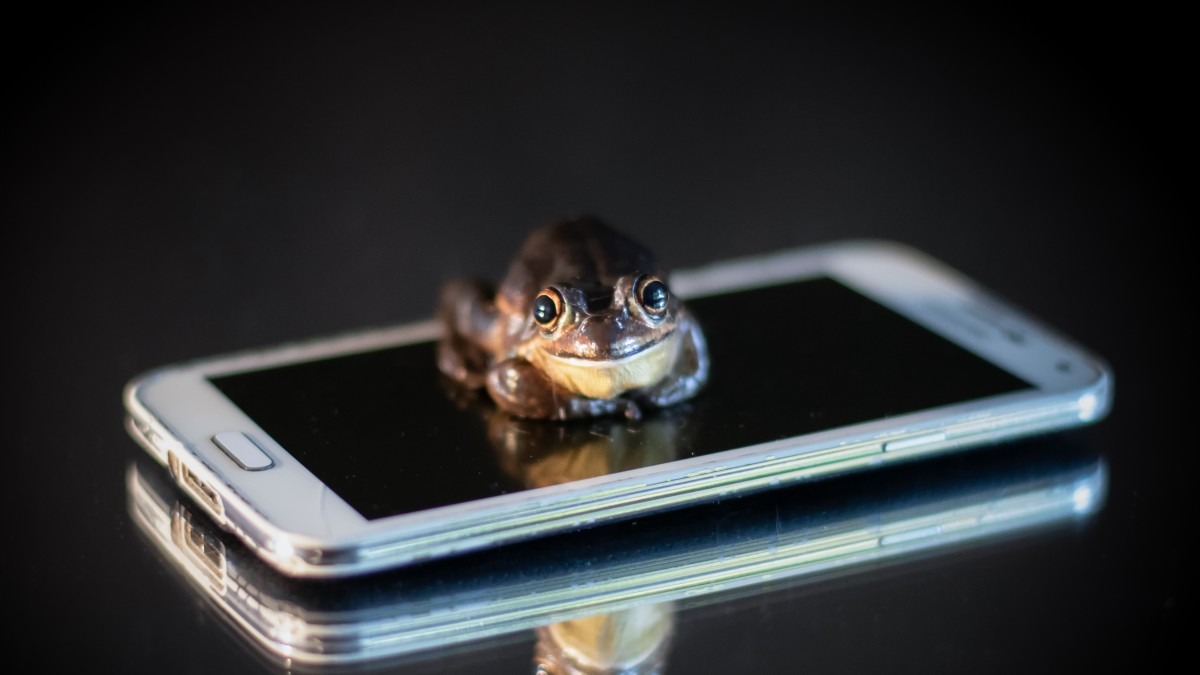Quantum leap for frog research
When amphibians call – our researchers answer! An interdisciplinary team of academics from across Canberra have created a device called the FrogPhone.
The researchers come from the Australian National University (ANU), the University of New South Wales, the University of Canberra, and the ACT Frogwatch program.
The FrogPhone is the world's first solar-powered remote survey device that allows scientists to call up a survey site and monitor frogs in real-time in the wild.
Dr Marta Yebra is a Senior Lecturer in Environment and Engineering at the ANU Research School of Aerospace, Mechanical, and Environmental Engineering (RSAMEE) and the Fenner School of Environment & Society.
This paper is the first research published from RSAMEE, and Marta is the second academic appointed in the school. RSAMEE was established in 2019, as part of the Reimagine investment.
“Publishing a manuscript always makes a scientist feel good and being the first scientist having a publication affiliated to RSAMEE adds to that feeling,” Dr Yebra said.
The FrogPhone contains digital thermal sensors to automatically collect environmental data such as water and air temperature in real-time.
Dr Yebra says it uses existing technology, “which allows the environmental data to be transmitted across the 3G/4G network infrastructure, directly to the user's phone. they can identify the species and their habitat conditions, which is critical for biodiversity conservation studies”.
The device is designed with future research in mind. “The system uses an open-source platform that allows any researcher to adapt it to project-specific needs,” she said.
This technology provides a drastic improvement on the current method for monitoring frog calls.
“Acoustic monitoring of animals generally involves either site visits by a researcher or using battery-powered passive acoustic devices, which record calls and store them locally on the device for collection and later analysis”.
“These often require night-time observation, when frogs are most active. Now, when an ecologist dials a device remotely, the call to the FrogPhone can be recorded indirectly and analysed later. As you can imagine this will make a huge difference to the researchers, especially when it comes to monitoring very remote areas,” Dr Yebra said.
Following on from the original paper, the team is now working with the ACT Government to “extend the use of the device beyond frogs, and optimise their bioacoustics data collection program across Namadgi National Park,” she said.
To improve the device, they are also working with engineer Dr Prasanaga Samarasihghe and her team from the ANU Audio and Acoustic Signal processing group. They have developed an automated process for identifying species from their sound files.
“Another obvious step we are planning in the near future is to integrate these algorithms in the FrogPhone. We would also like to improve the acoustics of the FrogPhone by implementing microphones designed by Dr Samarasihghe’s team for directional listening that have better capacity to separate simultaneous calls from different directions.”
Dr Yebra said it was made possible through collaboration. The team of interdisciplinary academics from across Canberra-based universities worked with the coordinator of the ACT Frogwatch program at the Ginninderra Catchment Group to realise the project.
“The skillsets needed for this project were very diverse; from environmental management, science and ecology to engineering, mobile and wireless networks, Internet-of-Things and programming, to mention some,” Dr Yebra said.
“This project has reinforced my thinking that working with the right people with multidisciplinary background is the only way to advance on technology beyond what we can imagine, to help to solve the biggest challenges.”
Read the full paper published in Methods in Ecology and Evolution.

